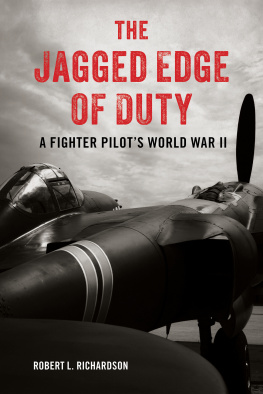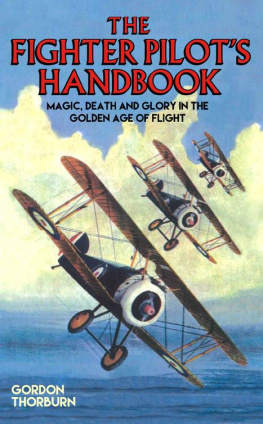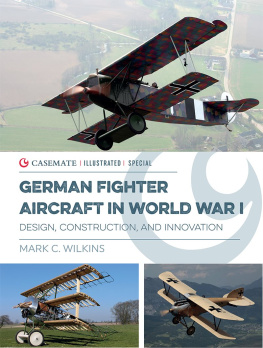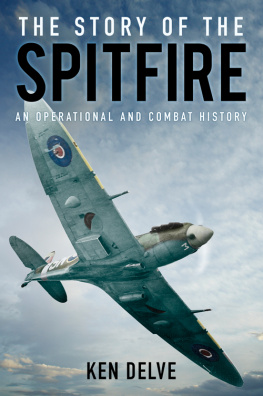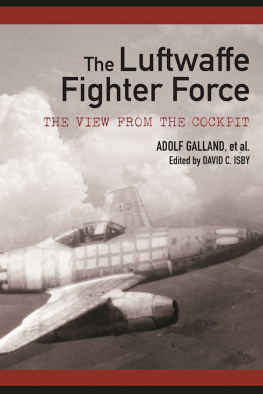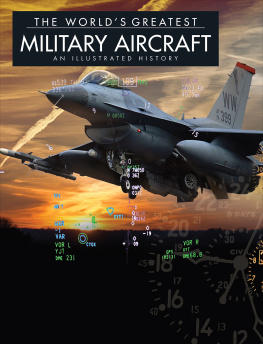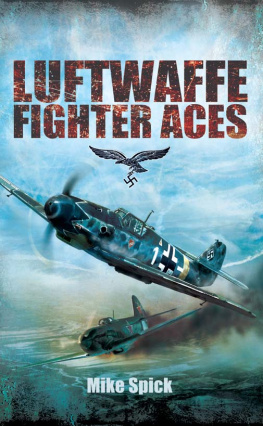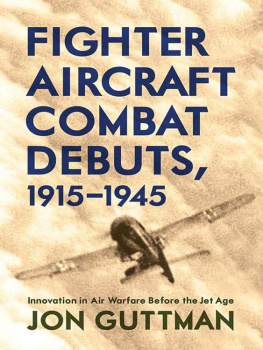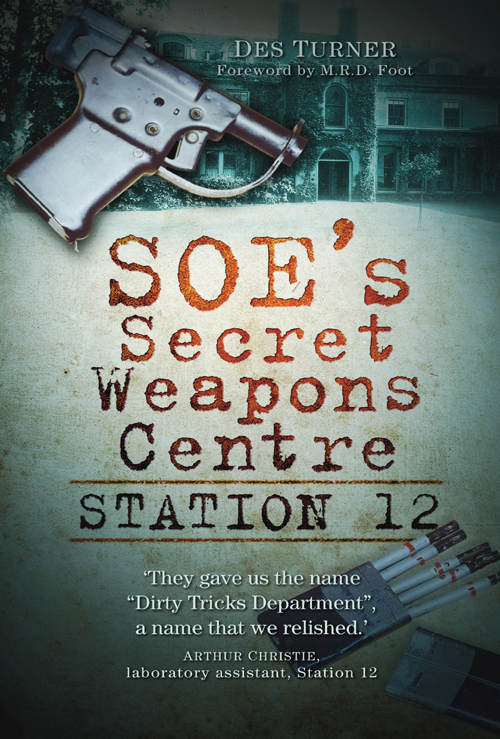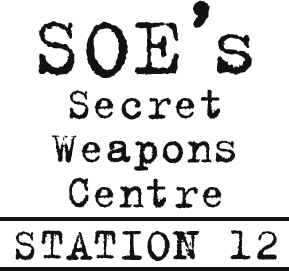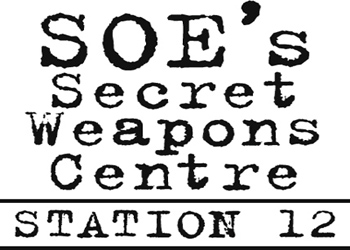D ES T URNER
Foreword by M.R.D. Foot
First published in 2006
This edition published in 2011
The History Press
The Mill, Brimscombe Port
Stroud, Gloucestershire, GL 5 2 QG
www.thehistorypress.co.uk
This ebook edition first published in 2011
All rights reserved
Des Turner, 2006, 2011
The right of Des Turner, to be identified as the Author of this work has been asserted in accordance with the Copyrights, Designs and Patents Act 1988.
This ebook is copyright material and must not be copied, reproduced, transferred, distributed, leased, licensed or publicly performed or used in any way except as specifically permitted in writing by the publishers, as allowed under the terms and conditions under which it was purchased or as strictly permitted by applicable copyright law. Any unauthorised distribution or use of this text may be a direct infringement of the authors and publishers rights, and those responsible may be liable in law accordingly.
EPUB ISBN 978 0 7524 6818 1
MOBI ISBN 978 0 7524 6819 8
Original typesetting by The History Press
Contents
Foreword
The Special Operations Executive (SOE), otherwise known as the Ministry of Ungentlemanly Warfare, had outstations all over Great Britain. In one of them, in Aston village near Stevenage, still more knavish tricks were invented during the last world war, to frustrate the knavish tricks of our enemies.
Des Turner lived through the war as a child in western Essex. When he moved to Aston forty years ago, the village had become a suburb of Stevenage new town. He heard vague tales of wartime secret goings-on at Aston House, lately demolished, and piece by piece put together its story. It was Station 12 of SOE; its tasks were to invent and to manufacture devices for undercover warfare. Here, time pencil detonators were made by the million to set off explosive charges planted by brave men and women on innumerable pieces of enemy equipment; here, the charges were prepared that destroyed the dry dock at St-Nazaire; here the Welbike, later renamed the Corgi minibicycle, was developed; here were dreamed up into reality no end of odd devices for improving the secret war.
The author has combined, with great ingenuity, recollections from long after the events by those who took part in them and what he has devilled out for himself in the archives written down at the time, many of which have now gone public at Kew. In the depth of the Cold War, all this sort of information had to be kept secret; hardly any of it appears, either in agents memoirs, or in the official histories written in the fifties, sixties or seventies of the last century. The modern age is more relaxed. A lot of what appears below used to be unpublishable; that makes it all the more interesting to read.
M.R.D. Foot
November 2005
Acknowledgements
I would like to thank the many individuals and organisations who have helped in the writing of this book.
In particular Colonel Leslie J. Cardew Wood who gave me such a wonderful start when he could so easily have refused because the Official Secrets Act still applied at that time. Although he did not of course reveal any secrets, he gave me some important leads and a wonderful insight into the way he ran Aston House and the fun he had doing it. His contribution forms the foundation of this book.
Johnny Riches for workshop memories and personal photographs. Cicely (Scottie) Hales for information on workshop materials, her personal photographs and for allowing me to photograph her souvenirs of Aston House. And it was she who introduced me to Jimmy Welch, the son of her ATS friend the late Mary Wardrope. Jimmy gave me his parents anecdotes of the design office and allowed me to copy photographs. Lucy Holdaway was also an ATS friend of Scotties who, with her two sisters, chauffeured the officers around in their staff cars. She also loaned photographs. Joe Wardle read my appeal in the British Legion magazine and volunteered his memories of the workshops and supplied me with photographs. Richard Bignell was located and introduced by Keith Bone, who spotted my appeal in a local Hertfordshire magazine Village Affairs, Richard provided memories of the stores and magazine areas and loaned photographs. I located Ishbel Orme and June Wilmers via the same magazine and they helped me with their experiences of FANY and loaned me photographs. Maurice Christie located me via the web and provided his fathers memories of the Aston House engineering laboratories and also photographs of Arthur Christie.
Dr John H.C. Vernon provided the text of his interview with Scientific Officer Colin Meek plus additional technical information and Margaret Meek added memories and photographs of Colin.
I would also like to thank Professor M.R.D. Foot for providing the foreword. Other agencies and individuals who helped were: the Public Record Office (National Archives); the Imperial War Museum in London and at Duxford; Stevenage Museum, especially its manager, Jo Ward, who inspired me to complete and publish a local history on Aston House, the forerunner of this book, for an SOE Exhibition held at that museum during January 2004; Stevenage Library; the Carpetbagger Aviation Museum; the Bletchley Park Trust; Past Times and Stakis Hotels for their very informative Secret War weekend hosted by Colin Burbridge and Clive Bassett who also provided me with technical information on SOE weapons; John Amess; Lord Balniel; Lynette Beardwood (FANY); Wally Bennett; John Billington; Fredric Boyce; John and Anne Clarke; Jim and Vera Edwards; Durwood W.J. Cruikshank; Professor David Dilks; Judy Hull; Agnes Kinnersley; Dr David Malan; Nita Pulley; Edward Marriott; Peter Martineau; Robin Mills; Christopher Murphy; Phil Nussle; Jack Pallett; Betty Randles; Margaret Richards; Jennie Spicer; Peter Robins; Mark Seaman; Donald Sommerville; Michael Summers; Jack Whitney.
In addition, two anonymous collectors of SOE equipment kindly allowed me to photograph rare and valuable weapons without imposing copyright restrictions.
Patricia Crampton proofread both my local history edition and the drafts for this book and gave much advice and encouragement.
Finally I thank my wife Mavis for her tremendous support and encouragement and my three sons Ian, Jamie and Simon for help and support with this book and many local history projects.
Introduction
When I moved to Aston, near Stevenage in Hertfordshire, with my family in 1966, I was curious to know its history. There was very little written about it, so I decided to set about finding out what this small parish might reveal of its past.
During my early taped interviews with villagers it became clear that Aston House had played an important role during the Second World War. I was told stories of its being very hush-hush. Explosives are still buried there, you know. Winston Churchill came here. A German spy was caught. There was a big fire there one night and we thought the whole place would blow up, you see it was full of explosives. I was intrigued, to say the least.
The Second World War had a great effect on my life. As an impressionable young schoolboy in the Essex village of Ugley, I found the war frightening at times, but always very exciting. Our cottage was almost hit by a stick of jettisoned German bombs one night. We heard the air rushing through the fins as they passed low over our roof and my family and I dived to the floor. The air raid siren at nearby Stansted had not sounded a warning. The bombs landed around our village hall some 300 yards away and by sheer good fortune one bomb that landed very close to some sheltering village lads failed to explode.



